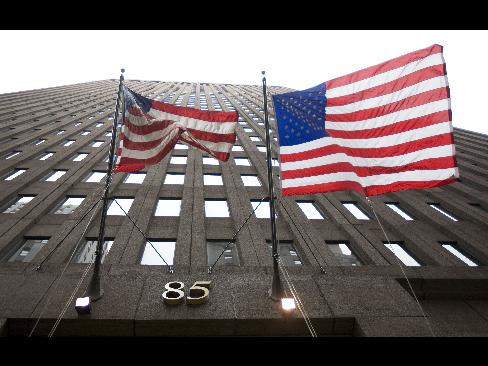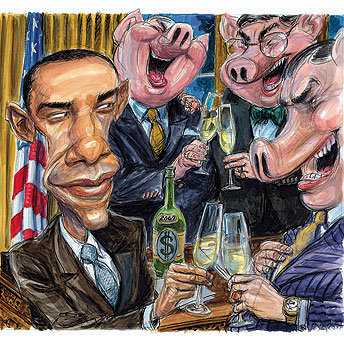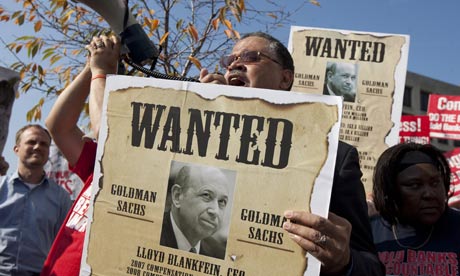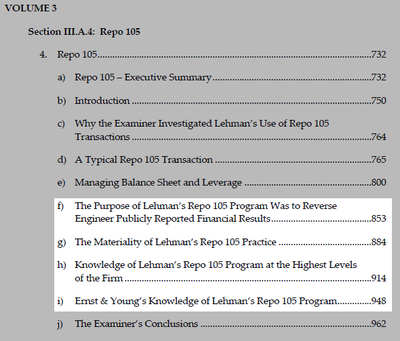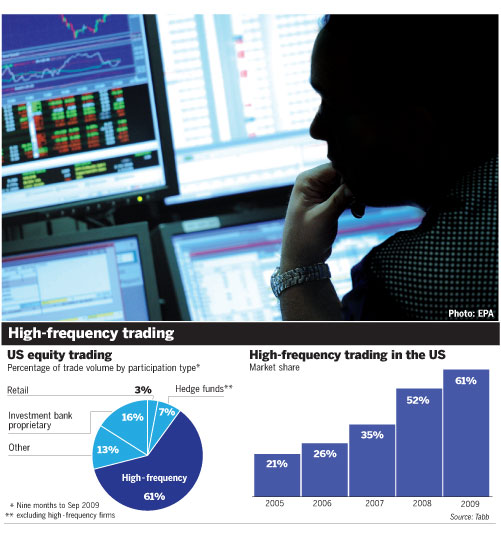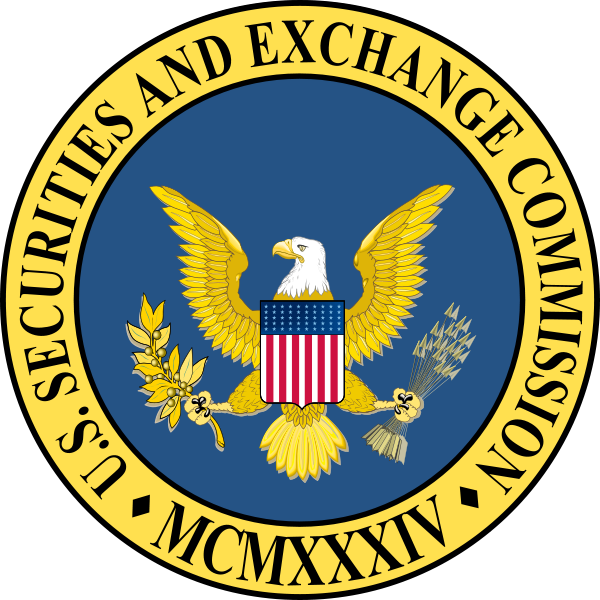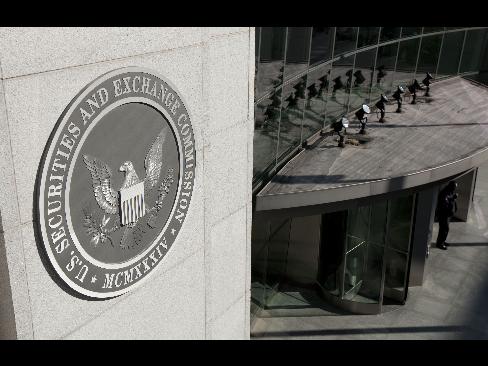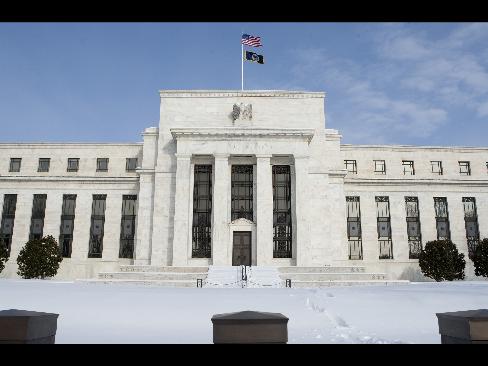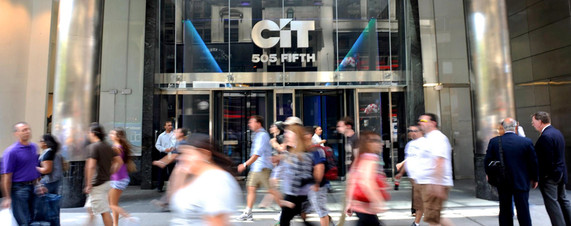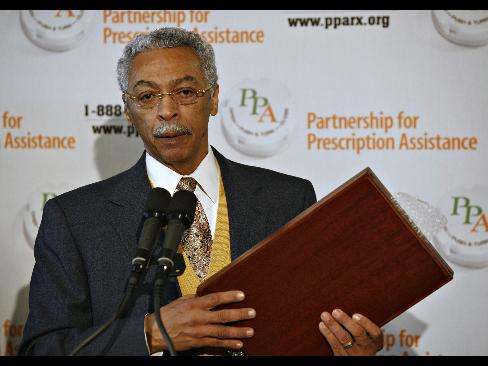So much for transparency.
Under a little-noticed provision of the recently passed financial-reform legislation, the Securities and Exchange Commission no longer has to comply with virtually all requests for information releases from the public, including those filed under the Freedom of Information Act.
The law, signed last week by President Obama, exempts the SEC from disclosing records or information derived from “surveillance, risk assessments, or other regulatory and oversight activities.” Given that the SEC is a regulatory body, the provision covers almost every action by the agency, lawyers say. Congress and federal agencies can request information, but the public cannot.
That argument comes despite the President saying that one of the cornerstones of the sweeping new legislation was more transparent financial markets. Indeed, in touting the new law, Obama specifically said it would “increase transparency in financial dealings.”
The SEC cited the new law Tuesday in a FOIA action brought by FOX Business Network. Steven Mintz, founding partner of law firm Mintz & Gold LLC in New York, lamented what he described as “the backroom deal that was cut between Congress and the SEC to keep the SEC’s failures secret. The only losers here are the American public.”
If the SEC’s interpretation stands, Mintz, who represents FOX Business Network, predicted “the next time there is a Bernie Madoff failure the American public will not be able to obtain the SEC documents that describe the failure,” referring to the shamed broker whose Ponzi scheme cost investors billions.
“The new provision applies to information obtained through examinations or derived from that information,” said SEC spokesman John Nester. “We are expanding our examination program’s surveillance and risk assessment efforts in order to provide more sophisticated and effective Wall Street oversight. The success of these efforts depends on our ability to obtain documents and other information from brokers, investment advisers and other registrants. The new legislation makes certain that we can obtain documents from registrants for risk assessment and surveillance under similar conditions that already exist by law for our examinations. Because registrants insist on confidential treatment of their documents, this new provision also removes an opportunity for brokers, investment advisers and other registrants to refuse to cooperate with our examination document requests.”
Criticism of the provision has been swift. “It allows the SEC to block the public’s access to virtually all SEC records,” said Gary Aguirre, a former SEC staff attorney-turned-whistleblower who had accused the agency of thwarting an investigation into hedge fund Pequot Asset Management in 2005. “It permits the SEC to promulgate its own rules and regulations regarding the disclosure of records without getting the approval of the Office of Management and Budget, which typically applies to all federal agencies.”
Read moreSEC Says New Financial Regulation Law Exempts it From Public Disclosure, incl. FOIA!!!

